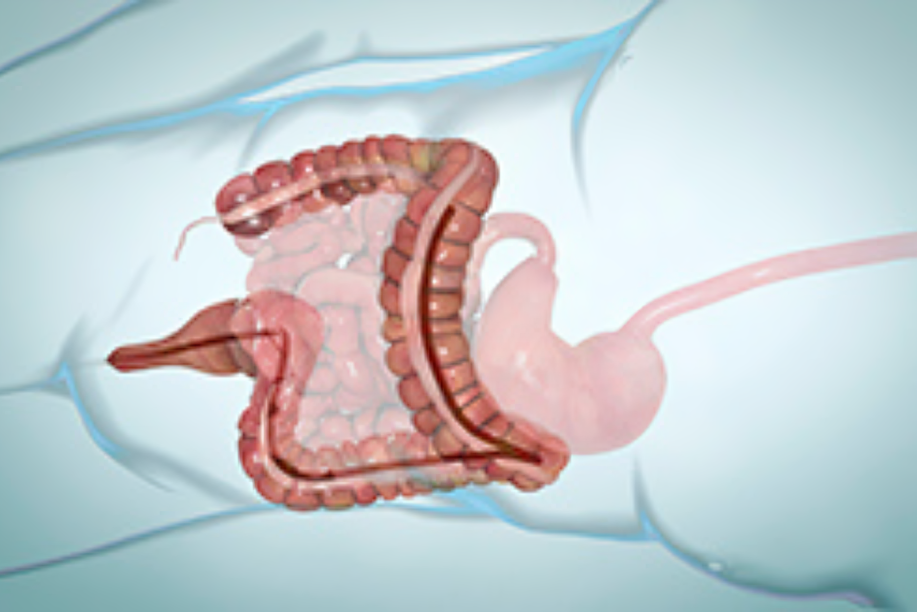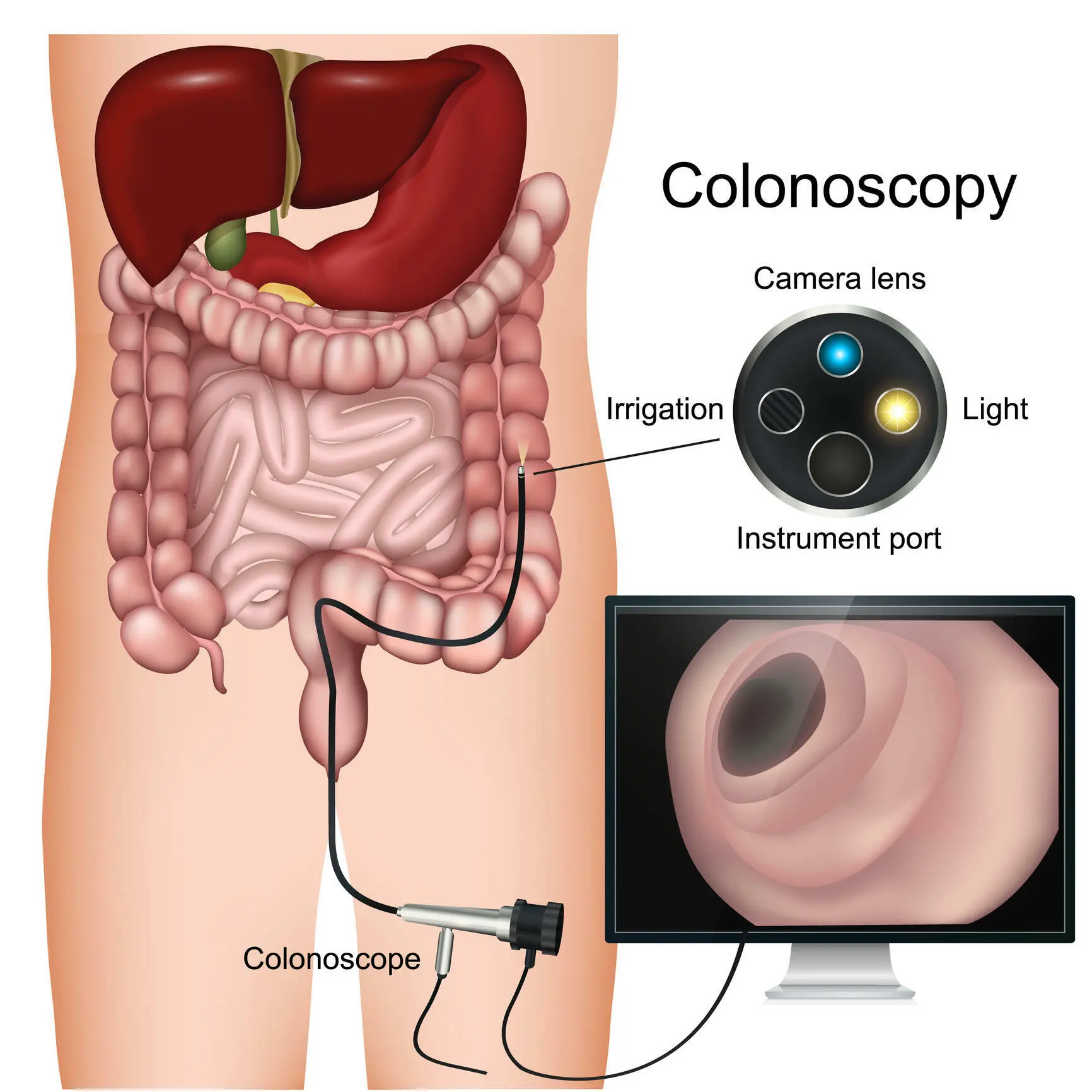Live out your life.
Early detection starts with a colonoscopy
Thousands of WordPress themes to start your new website withings a
bang. Beautiful templates for the world's most popular content man age
ement of our system controll.
Diagnostic Colonoscopy
Used to check for symptoms like unexplained abdominal pain, bleeding, or changes in bowel habits.
Screening Colonoscopy
A routine procedure, often recommended for adults over 45, to detect early signs of colorectal cancer before symptoms appear
Therapeutic Colonoscopy
Used to treat conditions like removing polyps, controlling bleeding, or widening narrowed areas of the colon
Virtual Colonoscopy
A non-invasive imaging procedure that uses CT scans to create detailed images of the colon, often for patients




